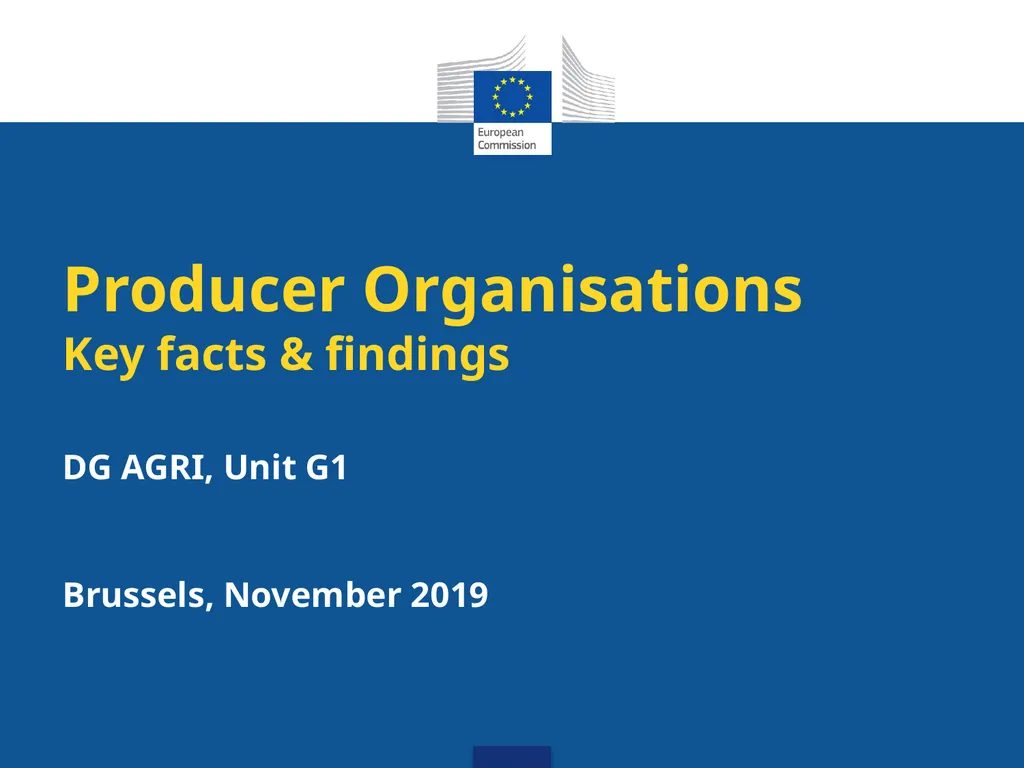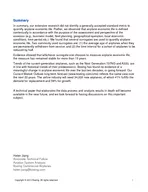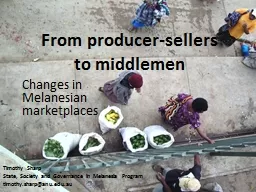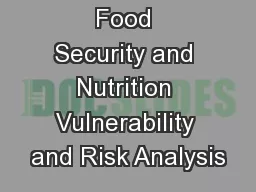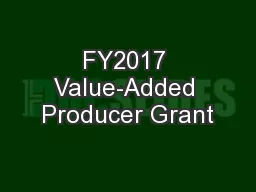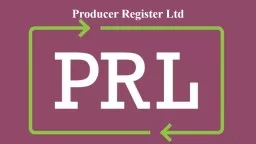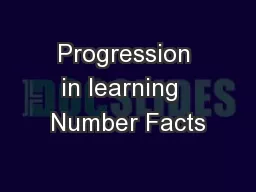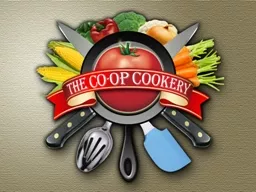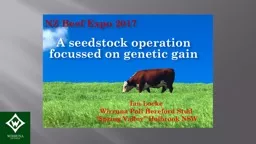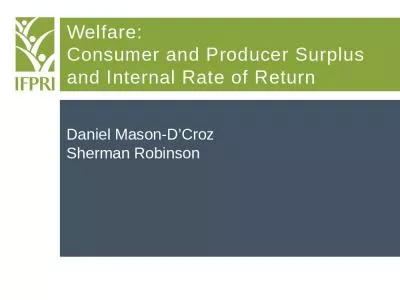Producer Organisations Key facts & findings DG
Author : test | Published Date : 2025-06-27
Description: Producer Organisations Key facts findings DG AGRI Unit G1 Brussels November 2019 Definition of producer organisations POs can be defined as any entity that has been formed and is controlled by producers in a specific sector horizontal
Presentation Embed Code
Download Presentation
Download
Presentation The PPT/PDF document
"Producer Organisations Key facts & findings DG" is the property of its rightful owner.
Permission is granted to download and print the materials on this website for personal, non-commercial use only,
and to display it on your personal computer provided you do not modify the materials and that you retain all
copyright notices contained in the materials. By downloading content from our website, you accept the terms of
this agreement.
Transcript:Producer Organisations Key facts & findings DG:
Producer Organisations Key facts & findings DG AGRI, Unit G1 Brussels, November 2019 Definition of producer organisations POs can be defined as any entity that has been formed and is controlled by producers in a specific sector (horizontal cooperation) to pursue jointly one or more of the objectives listed in the CMO Regulation whether or not the entity is formally recognised POs can take various legal forms, incl. cooperatives, associations, or private companies in which agricultural producers are shareholders 2 Role of producer organisations Regulation (EU) 1308/2013, ‘CMO Regulation’: (131) Producer organisations and their associations can play useful roles in concentrating supply, in improving the marketing, planning and adjusting of production to demand, optimising production costs and stabilising producer prices, carrying out research, promoting best practices and providing technical assistance, managing by-products and risk management tools available to their members, thereby contributing to strengthening the position of producers in the food chain. 3 Recognition of producer organisations The CMO Regulation (Art. 152) foresees the possibility for Member States (MSs) to recognise POs that are formed by producers follow democratic principles carry out joint activities pursue certain objectives Certain recognised POs can receive financial support through EU funds (rural development, operational programmes) Recognised POs can also benefit from certain derogations from EU competition rules 4 Classification of producer organisations 5 All POs Agricultural cooperatives that are recognised POs Structure of the EU food supply chain 10 million small and fragmented agricultural holdings A few large manufacturers generate 90 percent of the turnover A few large food & drink retailers dominate the market 500 million individual consumers dispersed across 28 MSs 6 Market power of farmers Many small farmers individually face few consolidated downstream operators 7 Greater market power of POs Horizontal cooperation between farmers can help balance the economic asymmetry within the FSC 8 Benefits of farmer cooperation Cooperation between farmers makes activities possible that can benefit them by generating added value that they could not achieve on their own, e.g. better market access (e.g. thru concentration of supply, joint marketing or distribution) greater contractual leverage vis-à-vis buyers of their products and suppliers of agricultural inputs more efficient production (e.g. through better access to technical knowledge, risk management mechanisms) 9 Wider benefits of farmer cooperation Cooperation between farmers can also bring advantages to the rest of the food supply
